Why St. Louis
Some say St. Louis is underrated. Some say it’s a hidden gem. We just know it as “home.”
Proudly located in the heart of the U.S., here you’ll find charming neighborhoods, vibrant music, art and culinary scenes, and plenty of fun for nature-lovers and urbanites alike — all packed into an affordable, welcoming city. We’re known as the Gateway to the West, but we like to say we’re the gateway to the best — from our medical community to our Midwest hospitality, St. Louis is sure to surprise you.
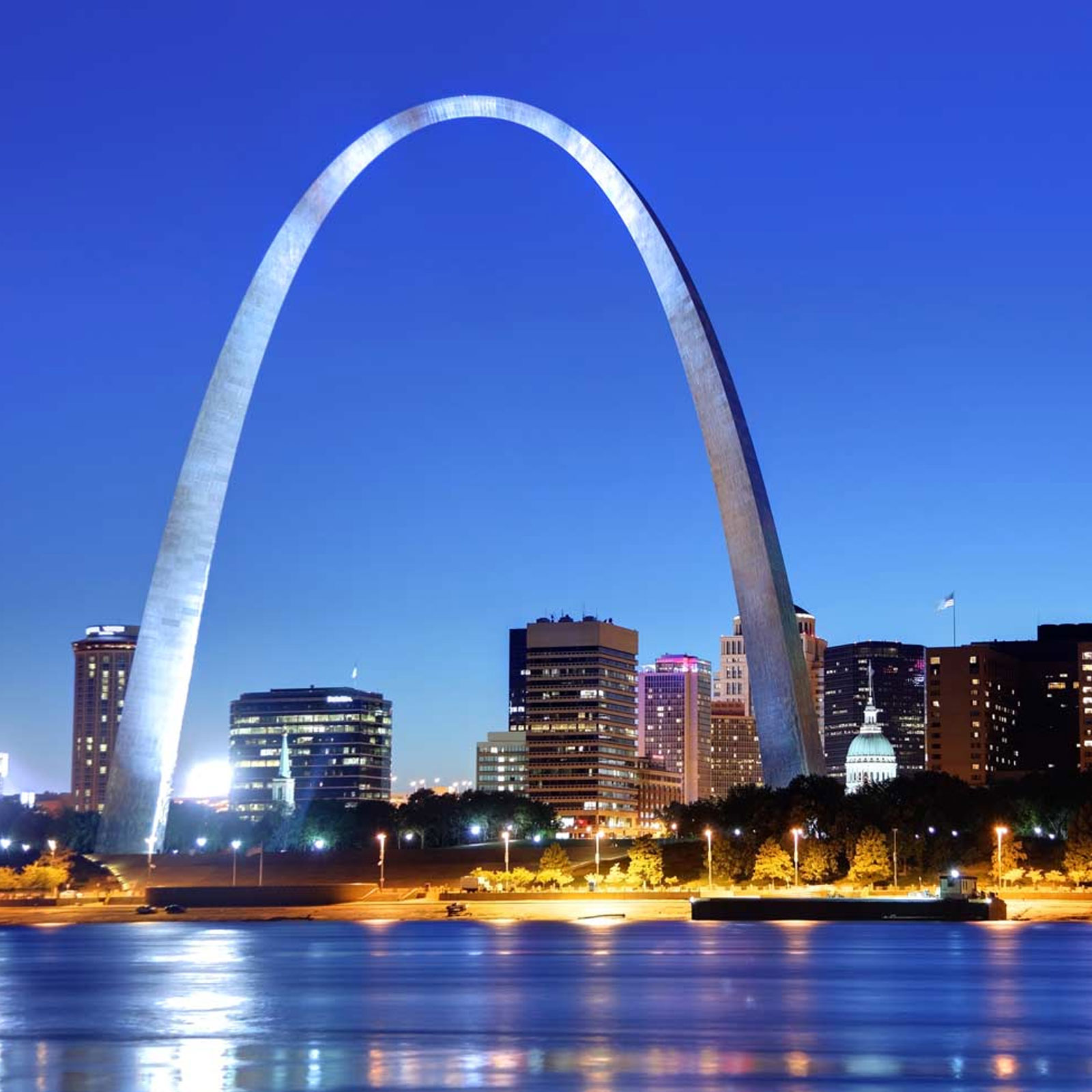
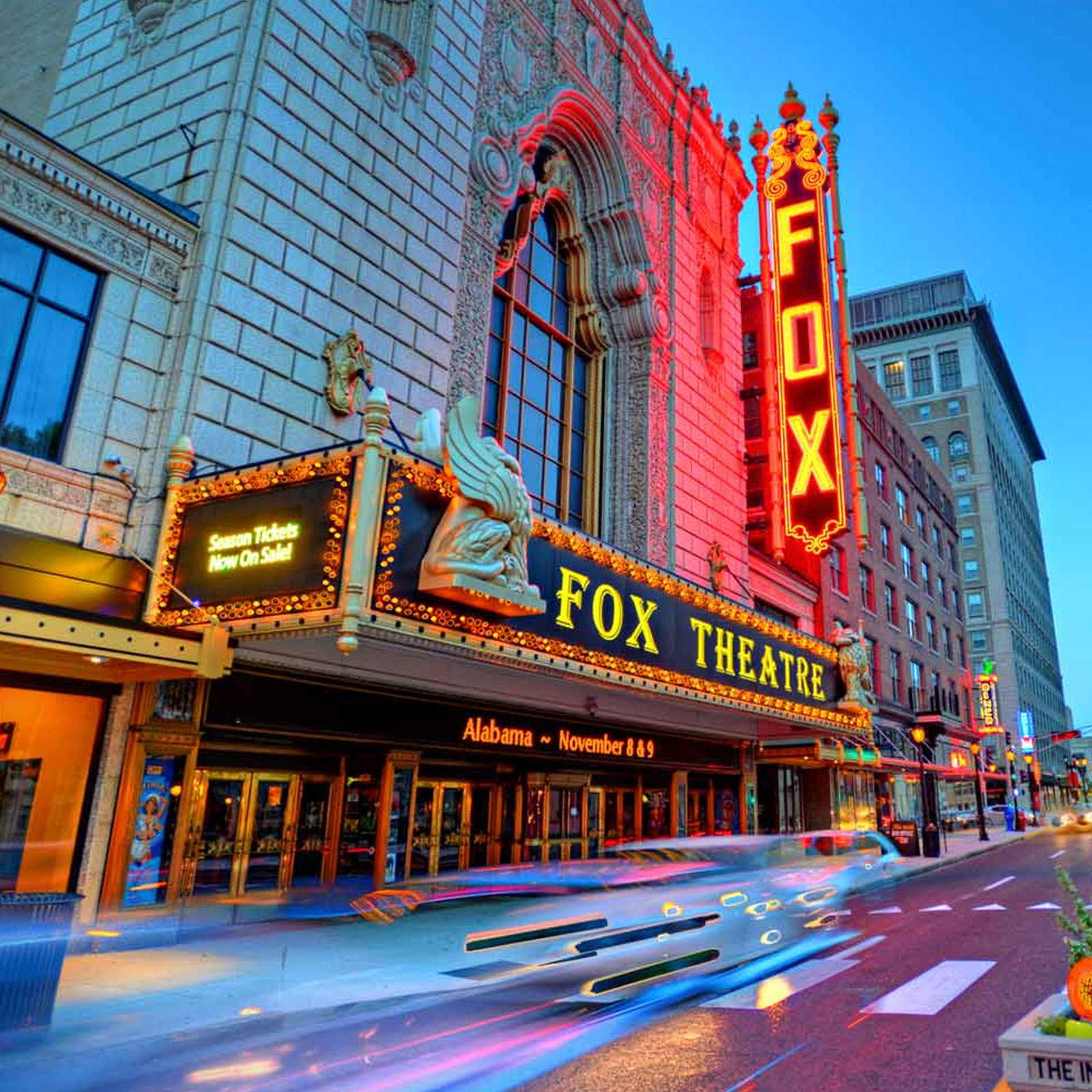
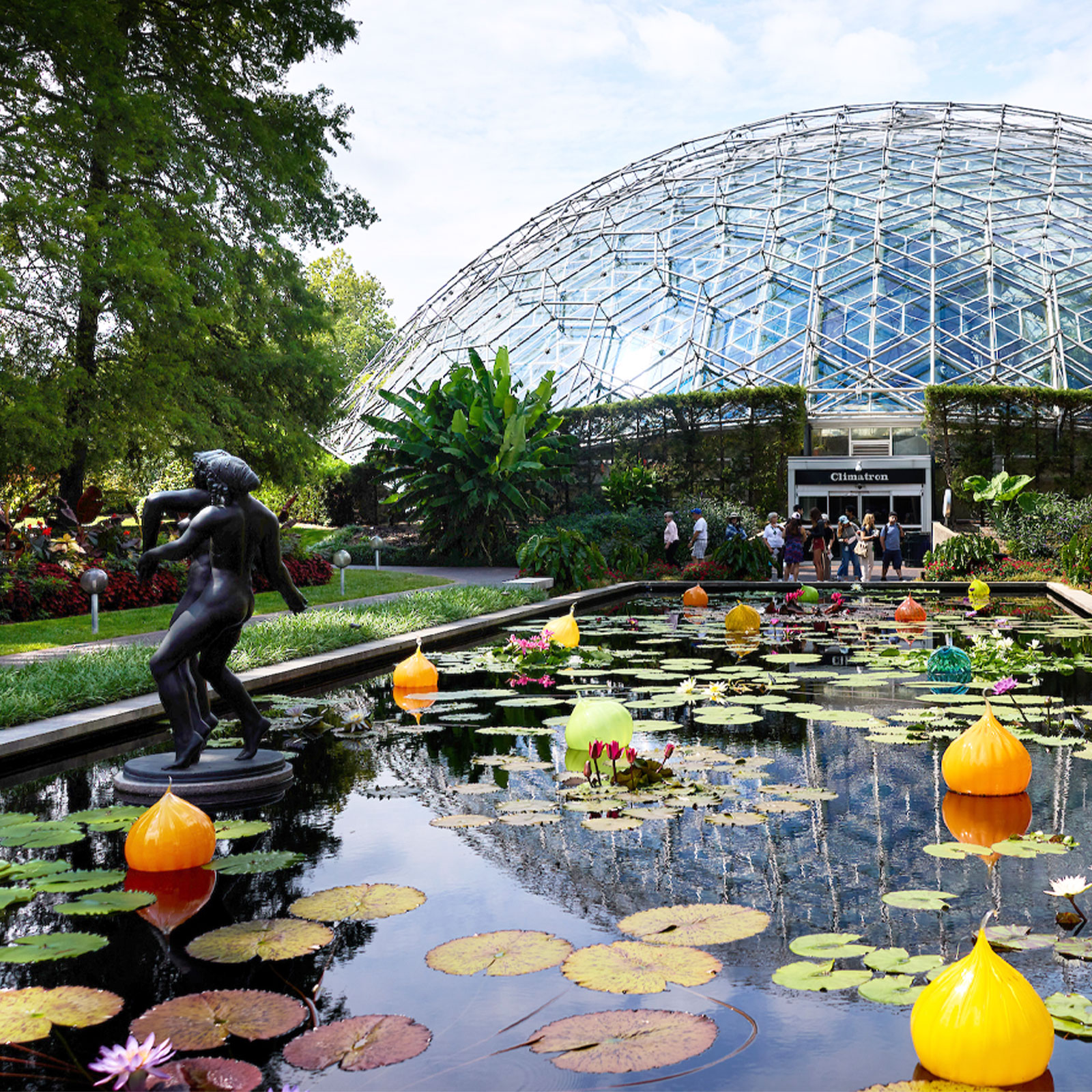
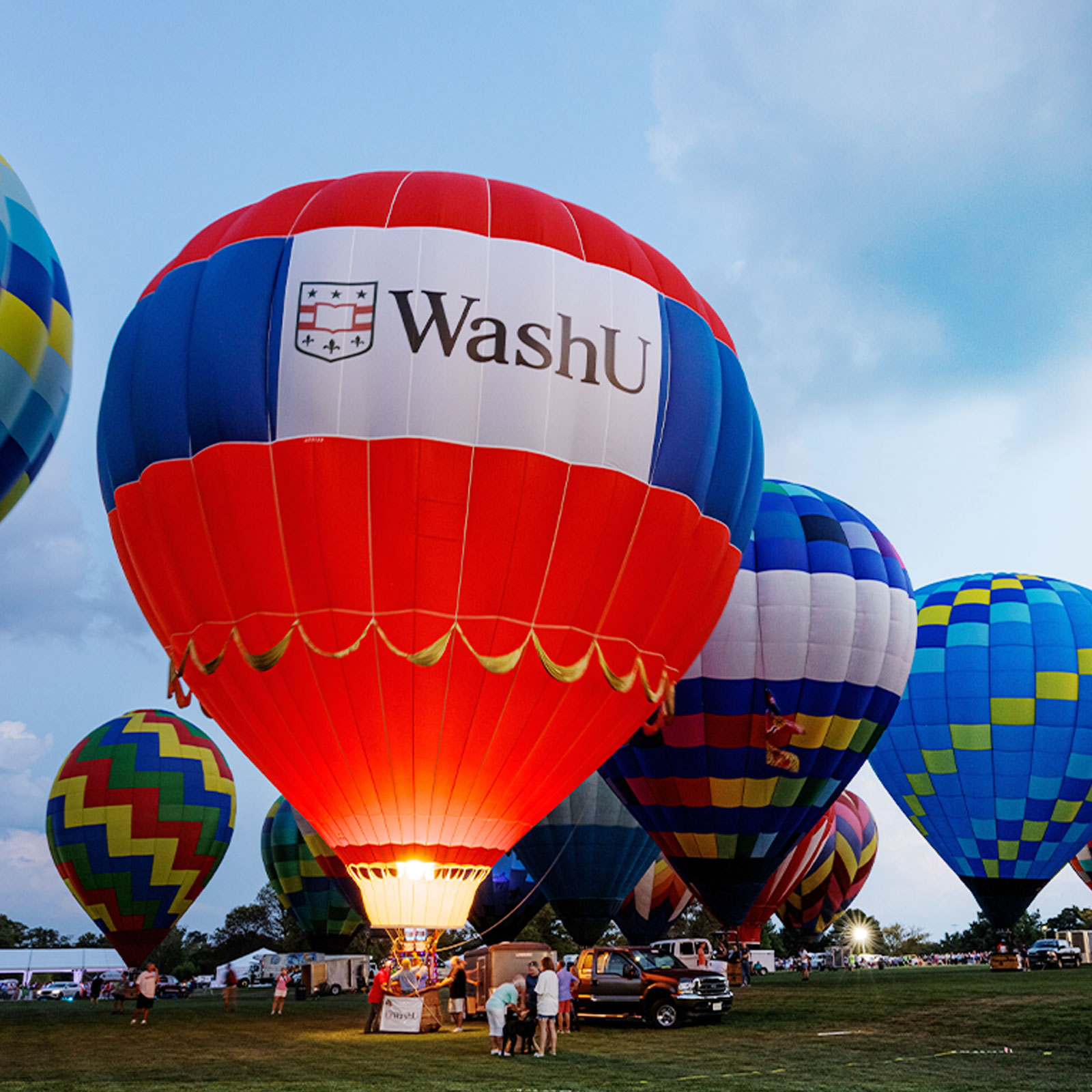
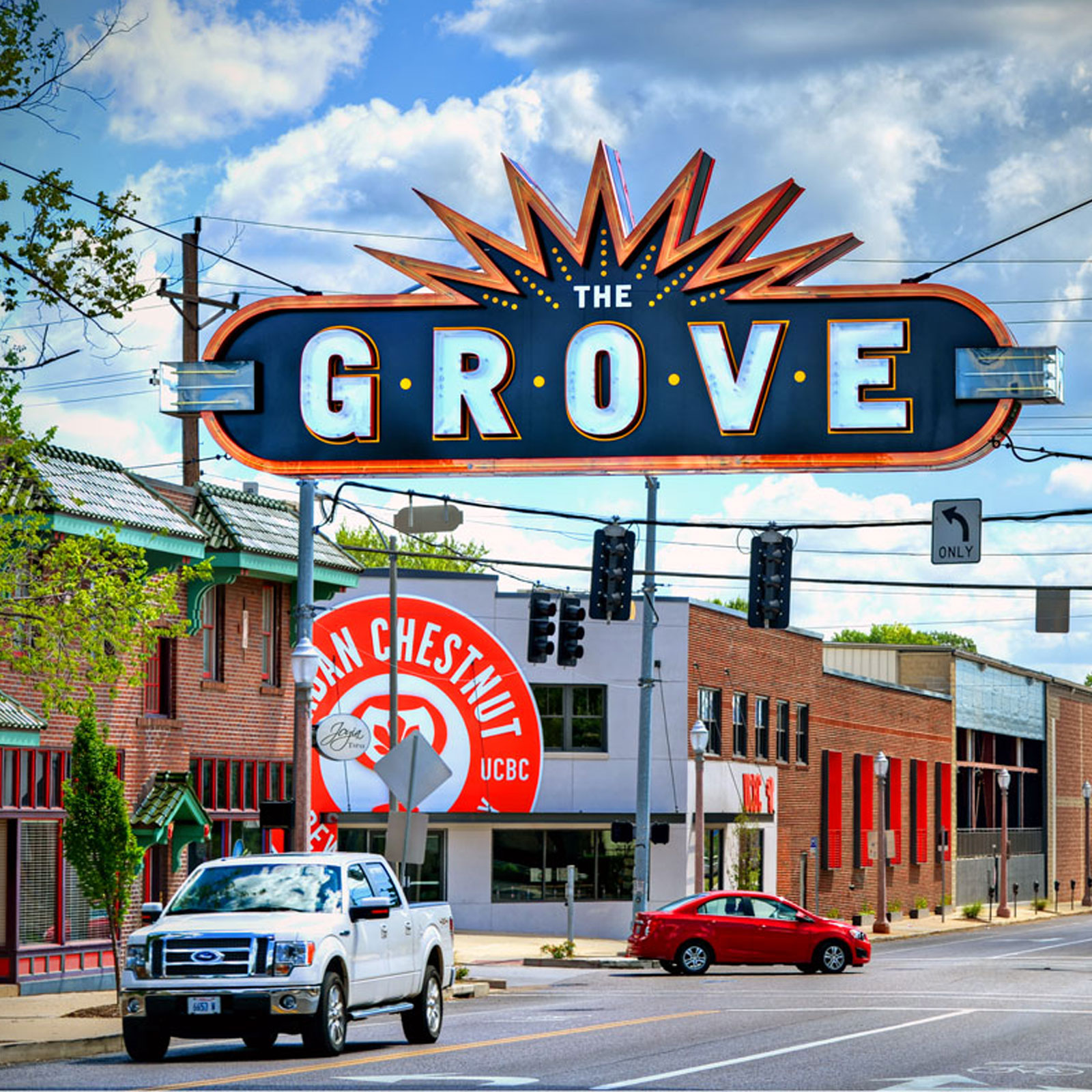
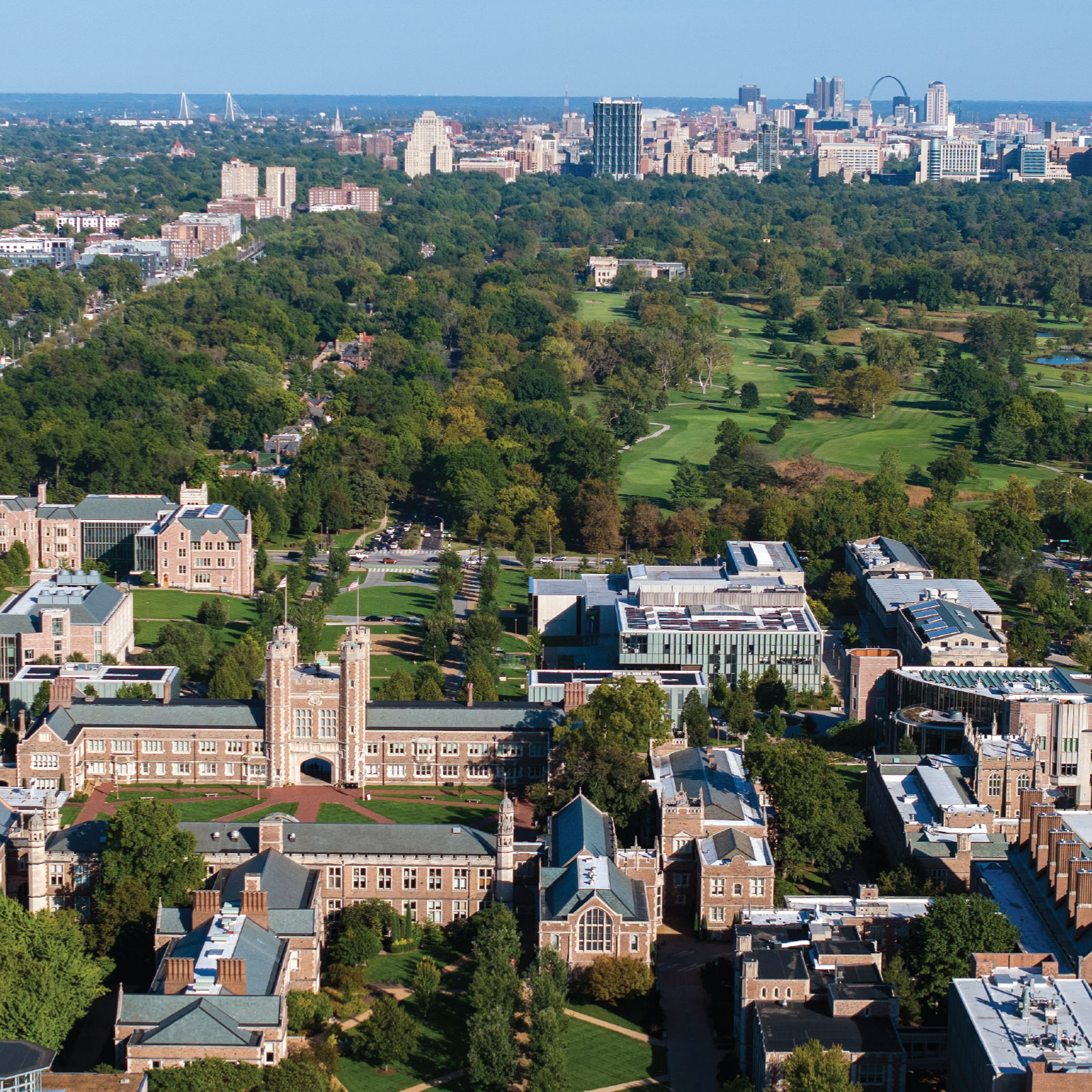
Hub for bioscience and innovation
St. Louis is the ideal place to excel in research and medicine. Here, you’ll serve patients of every background whose diverse experiences shape inclusive solutions that make a difference for people everywhere.
With a track record of transforming scientific breakthroughs into new therapeutics, cures and exceptional clinical care, WashU Medicine is at the center of it all — both literally and figuratively — anchoring Cortex, our region’s premier innovation district for bioscience and technology research, development and commercialization.
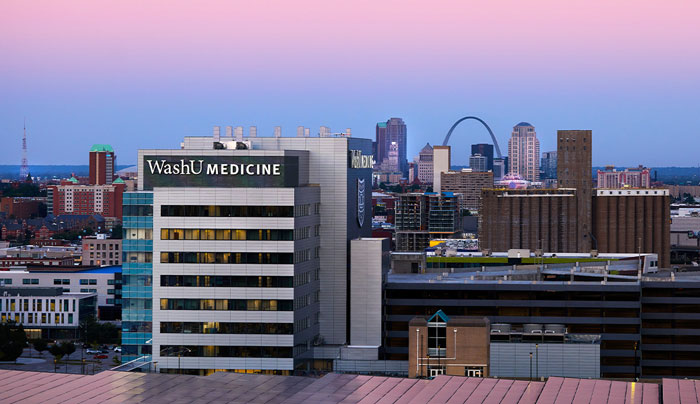
Beautiful and affordable
Named as one of the nation’s most beautiful and affordable places to live and build a career, St. Louis has dozens of eclectic neighborhoods, each with their own perks and personalities, making it easy to find your place. We have the best of both worlds — the excitement of a big city with the comfort and convenience of a smaller town.
FORBES:
St. Louis Is Still A Nice Little Secret »
TRAVEL + LEISURE:
10 Most Beautiful and Affordable Places to Live in the U.S. »
CNBC:
The 10 best U.S. cities for new grads to start a career—and none are New York or LA »
THRILLIST:
St. Louis Is the Burgeoning Midwestern Destination You Need to Visit This Year »
The medical campus borders Forest Park, where miles of multi-use trails wind around some of the city’s most popular destinations. Frequently topping lists as one of the nation’s favorite city parks, Forest Park is home to world-class (and surprisingly free!) attractions, including an art museum, zoo and science center, offering endless opportunities to explore — from paddleboarding to meeting polar bears face-to-face.
So much to do, see and eat!
St. Louis truly has it all — delicious food, lively nightlife, beloved professional sports teams, miles of green space, and top-notch museums, gardens and arts centers. Outside of town, Missouri’s rambling trails and riverways offer adventures in hiking, biking, climbing and kayaking.
Newcomers are often surprised by the city’s abundance of character, culture and entertainment. In fact, St. Louis earns accolades from techies, foodies, music-lovers and outdoor enthusiasts nationwide.
EXPLORE ST. LOUIS:
See & Do: Your Next Great Memory Starts Here »
SOUTHERN LIVING:
Underrated Food Towns You Need To Visit »
AFAR:
The Best Food Neighborhoods in the USA »
MATADOR NETWORK:
St. Louis Should Be on Every Art-Lover’s Travel List »
FORBES:
America’s Most Exciting Emerging Arts District Is In St. Louis »
SPIN:
St. Louis, steeped in music lore, is emerging as a vibrant new music scene »
In the heart of it all
St. Louis is easy to get around, and the neighborhoods closest to the Medical Campus offer go-to establishments, historic charm and a quick commute. The campus is located in the city’s Central West End, which is brimming with dining and entertainment options that cater to the area’s young professionals. A short walk away, The Grove is home to breweries, music venues, pizza joints, street fairs, international eateries and more.
The Medical Campus is surrounded by walkable, bike-friendly neighborhoods. Students and employees get free Metro passes, good for the region’s bus and light rail systems. The MetroLink train makes a stop in the heart of the Medical Campus, so a trip downtown, to WashU’s Danforth Campus, or to the airport is a short ride away. The university also offers free membership in a car share program, and the city’s scooter share gives you even more ways to get around town.
Purpose-driven and community-focused
WashU Medicine is a place for people who want to change the world. The first step? Making an impact right here in The Lou. Our students, faculty and trainees are active partners in the St. Louis community, working to improve the region’s public health infrastructure while learning to become culturally aware health care professionals.
Explore a few examples of how we are working In St. Louis For St. Louis »
The student perspective
Interested to hear what WashU Medicine students think of St. Louis? Read all about it in the Dis-Orientation Guide, written by medical students, for medical students.



